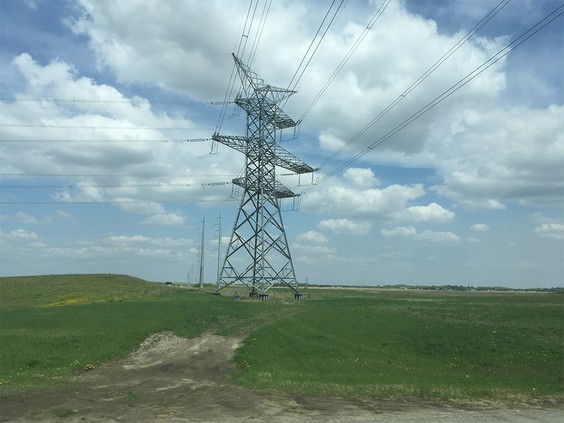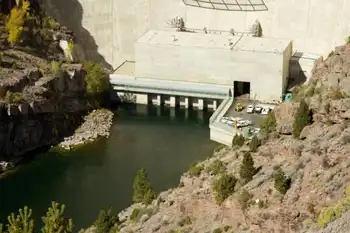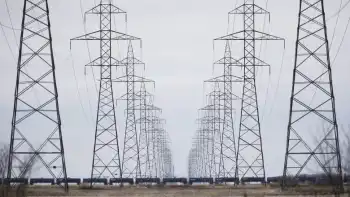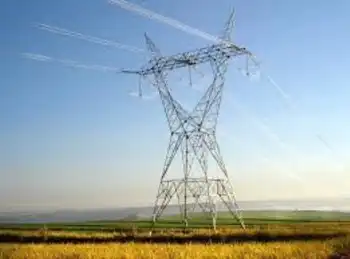Hydro One delivery rates go up

THUNDER BAY -
Hydro One seasonal customers will face bigger increases in their bills than the utility's residential customers as a result of an Ontario Energy Board approval of a rate hike.
Hydro One received permission to increase its delivery charge, retroactive to last year.
It says it needs the money to maintain and upgrade its infrastructure, much of which was installed in the 1950s.
The utility is notifying customers that new statements reflect higher delivery rates which were not charged in 2018 and the first half of this year, due to delay in receiving the OEB's permission.
The amount that customers' bills will increase by depends not only on how much electricity they use, but also on which rate class they belong to.
For seasonal customers such as summer cottage owners, the impact on a typical user's bill will be 2.9 per cent more per month for 2018, and 1.7 per cent per month for 2019.
There will be further increases of 1.0 per cent, 1.4 per cent and 1.1 per cent per month in 2020, 2021 and 2022 respectively.
Typical residential customers will experience smaller increases or rate freezes over the same period.
In the residential medium density class, the rate changes are a 2.0 per cent increase for last year, a decrease of 0.5 per cent this year, and an increase of 0.5 per cent in 2021. There will be no increases in 2020 and 2022.
Seasonal Rate Class — Estimated bill impact per month
2018 - 2.9 %
2019 - 1.7%
2020 - 1.0%
2021 - 1.4%
2022 - 1.1%
Residential Medium Density Rate Class — Estimated bill impact per month
2018 - 2.0%
2019 - -0.5% decrease
2020 - 0.0%
2021 - 0.5%
2022 - 0.0%
A Hydro One spokesperson told tbnewswatch.com that over the next three years, the utility's upgrading plan includes replacing more than 24,000 wood poles across the province as well as numerous transformers.
In the Thunder Bay area, the spokesperson said, some of the revenue generated by the higher delivery rates will cover the cost of replacing more than 180 poles and trimming hazardous trees around 3,200 kilometres of overhead power lines.
Related News

Russian Strikes on Western Ukraine Cause Power Outages
MOSCOW - Russia’s continued strikes on Ukraine have taken a severe toll on the country’s critical infrastructure, particularly its energy grid. In recent months, Western Ukraine has increasingly become a target of missile and drone attacks, leading to widespread power outages and compounding the challenges faced by the civilian population. These strikes aim to cripple Ukraine's resilience during a harsh winter season and disrupt its wartime operations.
Targeting Energy Infrastructure
Russian missile and drone assaults on Ukraine’s energy grid are part of a broader strategy to weaken the country’s morale and capacity to sustain the war effort. The attacks have…





